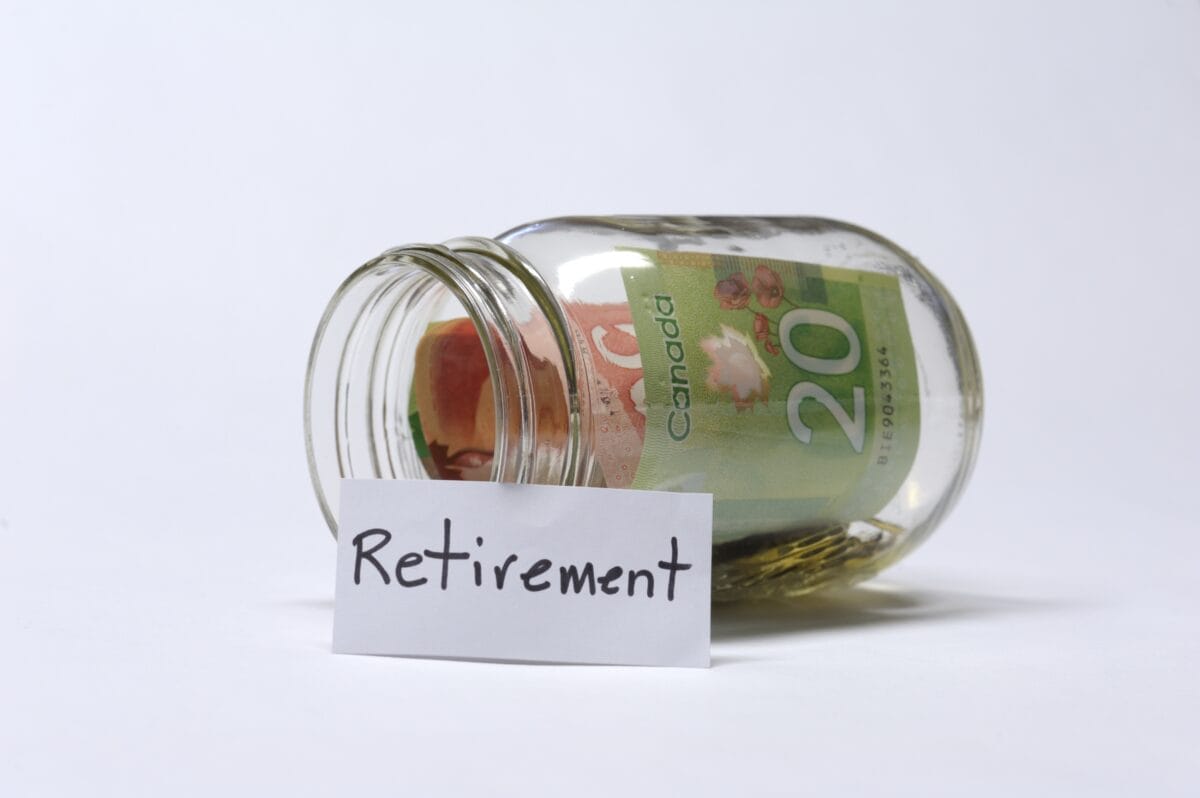Canada’s senior population is forecast to increase by 68% between 2017 and 2037, making the Canada Pension Plan (CPP) and its payout all the more important for retirees. In this article, we examine the CPP, its recent changes, and the advantages it offers to retirees. Let’s dive deeper.
What is the Canada Pension Plan?
Established in 1965, the CPP is a monthly taxable benefit that aims to replace a part of your income in retirement. To qualify for the CPP, you need to be a Canadian resident over the age of 60 years with at least one valid contribution to this pension plan.
The CPP amount you receive in retirement depends on several factors, such as the average earnings through your working life, the length of these contributions, and the age at which you start the CPP retirement pension. The average age to begin the CPP is 65, but you can receive the benefits as early as age 60 or as late as age 70.
The CPP enhancement
The rising cost of living in recent years has forced the Canadian government to announce a CPP enhancement plan, which provides much-needed financial aid to the country’s working population. The CPP enhancement is designed to increase the retirement income of working Canadians.
Since the start of 2019, Canadian employees have been eligible to make additional contributions to the CPP as part of the enhancement plan. Anyone contributing to the CPP enhancement will receive a higher amount of CPP retirement pension or post-retirement benefit when they retire.
For example, Canadians making enhanced contributions for over 40 years will see a more than 50% increase compared to the maximum CPP retirement benefit.
How do you supplement your CPP in retirement?
The average monthly amount paid for a 65-year-old retiree beginning the CPP in 2024 is $831.92, while the maximum payout stands at $1,364.60. Its evident that Canadian retirees need to have additional sources of passive income to supplement the CPP in retirement. One easy way to supplement the CPP is by investing in blue-chip dividend stocks such as Brookfield Renewable Partners (TSX:BEP.UN).
In the last 20 years, BEP stock has returned 1,600% to shareholders after adjusting for dividend reinvestments. Despite its outsized gains, the TSX dividend stock trades 42.6% below all-time highs and offers you a tasty dividend yield of 5.2%. It means a $10,000 investment in BIP stock will help you earn $520 in annual dividends.
In the first quarter (Q1) of 2024, BIP increased revenue by 12% to US$1.49 billion, higher than estimates of US$1.43 billion. Its funds from operations (FFO) also rose by 8% to US$0.45 per share, higher than estimates of US$0.42 per share. Despite a sluggish macro environment, BEP expects to grow its FFO per share by 10% in 2024, which will allow it to increase dividends by a similar amount.
Brookfield Renewable is also positioned to benefit from the AI megatrend and recently inked a deal with Microsoft. As per the agreement, Brookfield will supply 10,500 megawatts of energy to power Microsoft’s cloud data centre operations in the U.S. and Europe between 2026 and 2030. AI data centres consume a huge amount of energy, making clean energy companies such as Brookfield Renewable a top investment choice right now.








